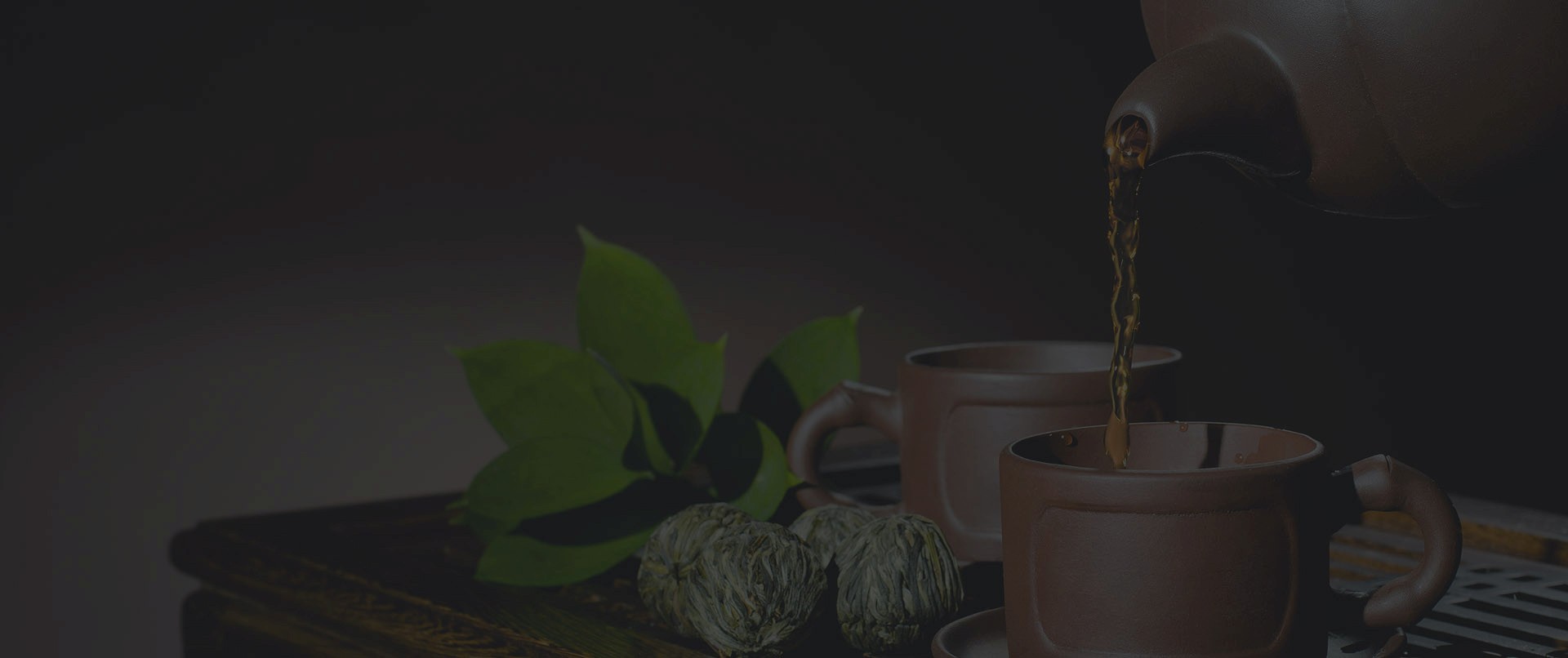Сер . 21, 2024 09:14 Back to list
Innovative Pollination Techniques for Enhancing Pear Tree Production and Quality
Advanced Pollination Methods of Pear Trees Enhancing Yield and Quality
Pollination is a critical factor in the cultivation of pear trees, directly affecting fruit yield and quality. Advanced pollination methods have gained attention among horticulturists and fruit growers aiming to enhance production and ensure successful flowering and fruit set. These methods not only improve pollination efficiency but also address the challenges posed by environmental changes and declining bee populations.
Understanding Pollination in Pear Trees
Pear trees rely heavily on cross-pollination, typically facilitated by bees and other pollinators. A single pear tree may not set fruit effectively without the presence of compatible pollen from another variety. This characteristic necessitates careful planning when planting pear orchards to ensure that pollinators can transfer pollen between different varieties. However, natural pollination can be unpredictable, influenced by weather conditions, pollinator activity, and floral availability. As a result, advanced pollination methods are vital for consistent production.
Utilizing Managed Pollinators
One of the most effective advanced pollination methods involves the use of managed pollinators, particularly honeybees. While wild bee populations play a crucial role, managed hives can be strategically placed within pear orchards to enhance pollination rates. Farmers can monitor and control the number of hives, ensuring that sufficient pollinators are present during bloom. Moreover, beekeepers can breed honeybee strains that are more efficient at pollinating pear flowers, further optimizing pollination success.
Mechanical Pollination Techniques
advanced pollination methods of pear trees service

In regions where natural pollination is insufficient, mechanical pollination techniques have emerged as a viable alternative. This method involves the use of vibrating devices or air-blasting technology to disperse pollen onto pear flowers. Researchers have developed machines that mimic the natural pollination process, ensuring that pollen is evenly distributed. This approach can be particularly beneficial during unfavorable weather conditions when insect activity is low, significantly boosting productivity.
Artificial Pollination
Another innovative method is artificial pollination, where pollen is manually applied to flowers to ensure successful fertilization. This technique requires careful timing and skill but has been shown to increase fruit set rates significantly. In commercial pear orchards, hand pollination or the use of pollen bags can help secure yields, especially for high-value or niche varieties. An added advantage of artificial pollination is that it allows for the selection of specific pollen types, which can enhance fruit quality and characteristics.
Technological Innovations in Pollination Monitoring
Advancements in technology have also allowed for better monitoring of pollination processes. Utilizing drones equipped with imaging technology, orchard managers can assess pollination coverage and identify areas that may require additional attention. Moreover, sensors can track weather conditions and pollinator activity, providing crucial data to optimize pollination strategies. The integration of smart farming technologies can lead to enhanced efficiency and yield in pear production.
Conclusion
As the demand for high-quality pears continues to rise, embracing advanced pollination methods is essential for growers. By utilizing managed pollinators, mechanical and artificial pollination techniques, and leveraging technological innovations, fruit producers can significantly enhance the yield and quality of pear crops. These advancements not only address the inherent challenges of fruit pollination but also promote sustainable agricultural practices, ensuring that pear trees thrive in the face of environmental changes and pollinator decline. Looking forward, continued research and innovation in this field will be crucial for the future of pear cultivation, ensuring that we meet consumer demands while preserving our ecosystems.
-
High-Quality Oak Pollen for Allergy Research & Testing – Reliable Oak Tree & Live Oak Pollen Supplier
NewsJul.08,2025
-
Premium Pear Pollen for Pollination in Orchards in Taiwan – Reliable Factories, Manufacturers & Suppliers
NewsJul.08,2025
-
Premium Pollen Producer & Apricot Pollen Suppliers High-Quality Apricot Pollen Factories
NewsJul.07,2025
-
Premium Juniper Tree Pollen for Fruit Tree Varieties – Quality Assured by Leading Plum Pollen Manufacturers
NewsJul.07,2025
-
High Quality Elm Pollen Supplier - Fresh Elm Tree & Apricot Flower Pollen for Sale
NewsJul.07,2025
-
Premium Cherry Pollen for Sale – Fresh Cherry & Avocado Tree Pollen Supplier
NewsJul.06,2025